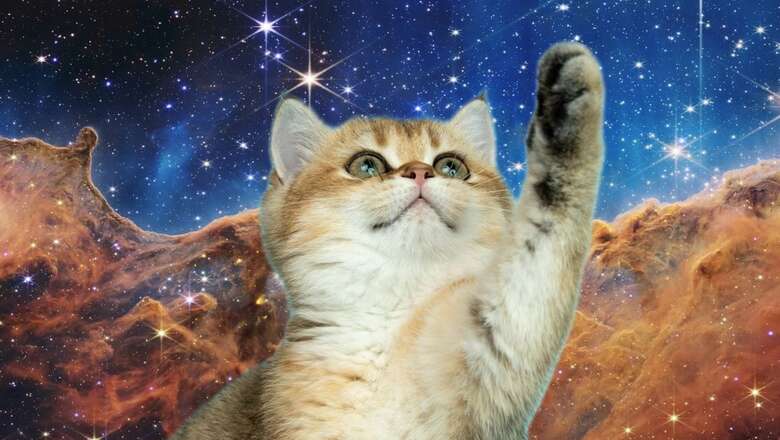
views
Thanks to the growth of internet technology, we can now send and stream high-quality videos with a simple click of a button. But even if you think back to just two decades ago, doing the same thing, but for a quality that would be considered subpar today, was a luxury that only a few could afford.
The world is gradually becoming a more connected place, but as we transition to be a multi-planetary species with our rapid space exploration missions, the need for sending and streaming media across multiple millions of kilometres slowly arises. But what if we told you that NASA has already made this possible?
On December 11, NASA’s Deep Space Optical Communications experiment “beamed” an ultra-high-resolution video from a record 32 million kilometres or 19 million miles away, which is equivalent to 80 times the distance between Earth and the Moon.
We just streamed the first ultra-HD video brought to you via laser from deep space. And it’s a video of Taters, a tabby cat.This test will pave the way for high-data-rate communications in support of the next giant leap: sending humans to Mars. https://t.co/tf2hWxaHWO pic.twitter.com/c1FwybYsxA
— NASA (@NASA) December 19, 2023
This is notably a part of NASA’s vision to stream very high-bandwidth video to enable future human missions beyond Earth’s orbit.
How Was The Video Sent And What Was It About?
NASA notes that the video was 15 seconds long and was transmitted using a device called a ‘flight laser transceiver.’ And, it took a total time of 101 seconds to reach Earth from a distance of 32 million kilometres. Moreover, the video maximised the system’s maximum bit rate at 267 megabits per second.
Further, NASA says that the video was sent encoded as “near-infrared laser” from the flight laser transceiver to Hale Telescope at Caltech’s Palomar Observatory in San Diego, California. This was then downloaded, and each looping video was sent to NASA, where it was played in real-time.
NASA also notes that these advances would help it send high-data-rate signals from as far as Mars’ longest distance to Earth, and in doing so, it will open up possibilities for future manned missions to the Red Planet, and will allow for high-resolution imagery to be sent back to Earth.
The said video is of an orange tabby cat called Taters, and it shows the cat playing using a laser pointer originating from a toy laser light.




















Comments
0 comment